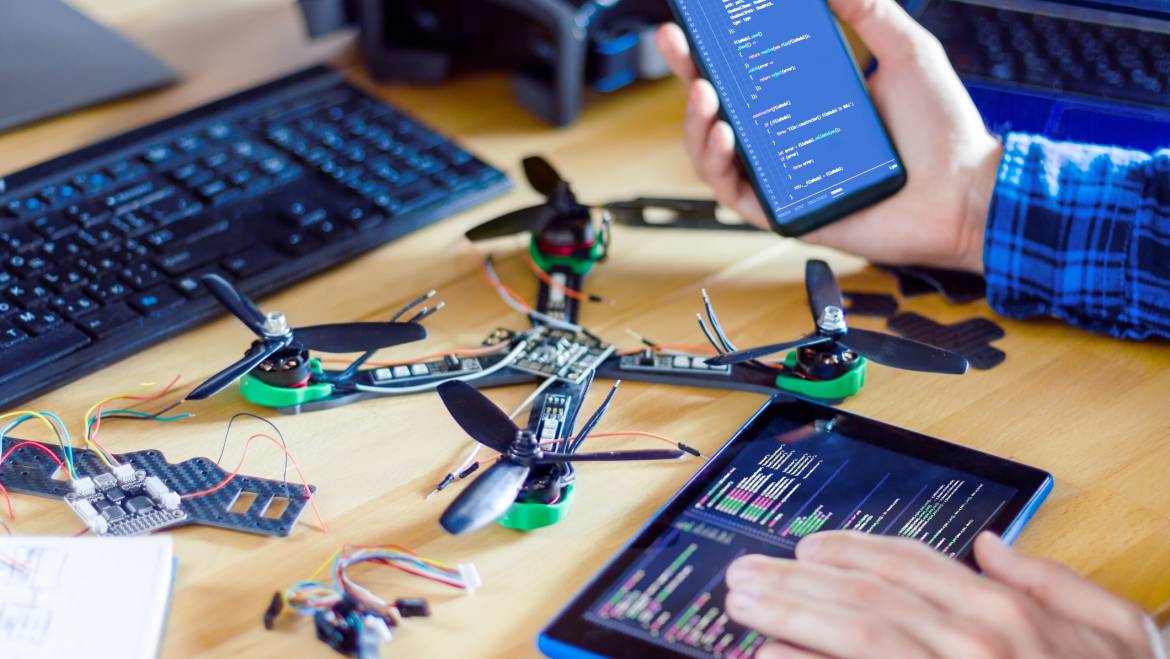Drones, also known as unmanned aerial vehicles (UAVs), have become increasingly popular in recent years due to their versatility and ability to perform a wide range of tasks. From aerial photography and videography to surveying and mapping, drones can be used in a variety of industries and applications.
One way that drones are being utilized is through the use of programming languages, such as Python, to control and automate their movements and actions. Python is a popular choice for drone programming due to its simplicity, flexibility, and extensive library of pre-existing code that can be easily incorporated into a project.
To begin programming a drone with Python, users will need to choose a drone platform and install the necessary software and libraries on their computer. There are many different drone platforms available, each with its own set of features and capabilities. Some popular options include the DJI Tello EDU, the Robomaster TT, and the Robomaster EP.
Once the platform is chosen and the necessary software is installed, users can begin writing Python code to control the drone. This can include basic commands such as takeoff, land, and hover, as well as more complex actions such as navigating to specific GPS coordinates or following a predetermined flight path.
One important aspect of drone programming is ensuring the safety of the drone and those around it. This can be achieved through the use of sensors and other safety features, as well as proper planning and execution of flights.
In addition to the practical applications of drones, programming them can also be a fun and educational hobby. There are many resources available online for learning more about drone programming with Python, including tutorials, forums, and online courses.
Overall, the use of drones in combination with Python programming offers a wide range of possibilities for both practical and recreational purposes. As the technology continues to advance, the potential for drones to be used in new and innovative ways will only continue to grow.

